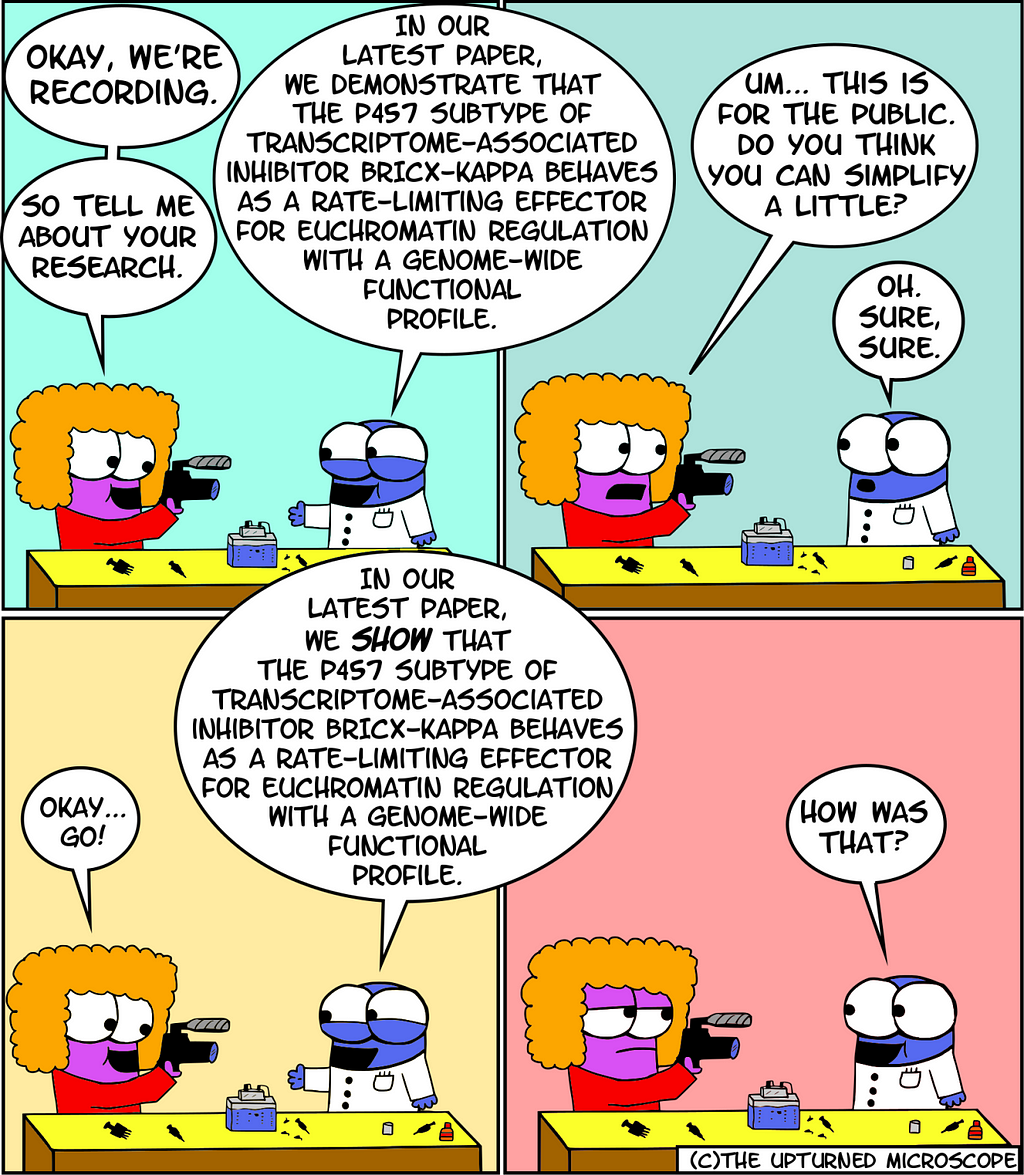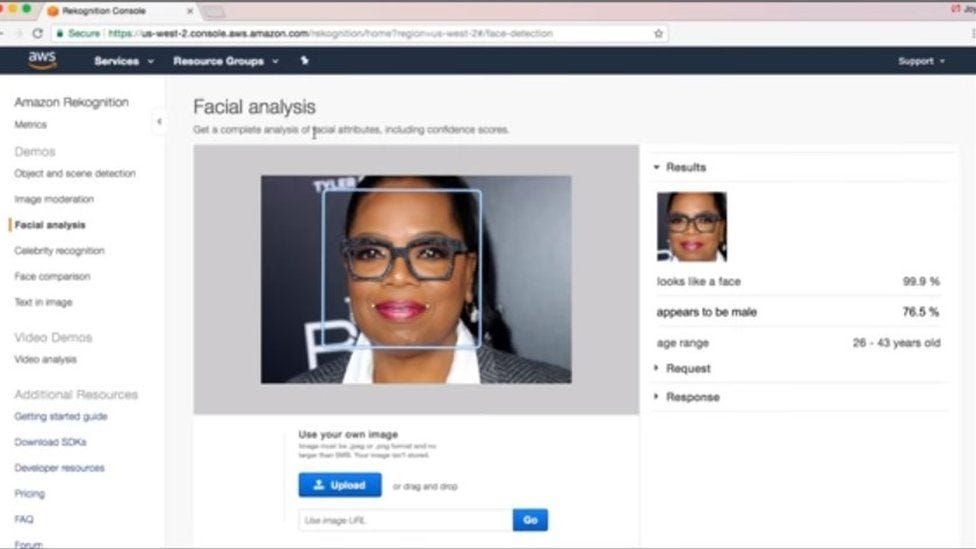
How to communicate with non-technical stakeholders
Last Updated on March 24, 2022 by Editorial Team
Author(s): Shanmukh Dara
Originally published on Towards AI the World’s Leading AI and Technology News and Media Company. If you are building an AI-related product or service, we invite you to consider becoming an AI sponsor. At Towards AI, we help scale AI and technology startups. Let us help you unleash your technology to the masses.
Tips you need to know

Communicating your ideas to a non-technical audience can be really tricky. Whether it’s presenting to your non-tech team lead or communicating via email. This skill of translating technical insights into less jargon-filled, easily digestible nuggets is crucial for everyone, but data scientists should practice this skill more rigorously. Why? As data scientists, we frequently collaborate with a wide range of non-technical audiences from diverse teams such as finance, marketing, logistics, social media, and others, who are responsible for deploying your insights into action. As a result, this ability is extremely important to be a successful data scientist.
Over the course of nearly ten months working on a practicum project as part of my MSBA program, I’ve learned a lot. I discovered what differentiates a successful data science project from a failure. Our project’s goal was to help a non-profit fin-tech company achieve targeted marketing by utilizing machine learning and advanced data science. Our day-to-day work involved collaborating with non-technical marketing, sales, and customer success management stakeholders. In this blog, I’ll share some of the lessons I’ve learned from my project on how to communicate technical concepts in a way that anyone can understand.

“If you cannot explain something in simple terms, you don’t understand it.” — Richard Feynman
Simple things make up the world, and simple ideas make up knowledge. As a result, any insights or ideas can be explained in a clear and simple manner that everyone can understand. however, this skill does not come naturally; it takes a lot of practice.
But why is mastering this skill so difficult? It’s mainly because it’s all too easy for a speaker to lose his or her audience. This is usually due to the presenter’s lack of skills, such as not making it easy for the audience to understand. As a presenter, it’s your job to make your talk interesting, to wow the audience, and to help you say what you want to say in a clear and easy-to-understand manner.

So, here are a few takeaways from my practicum experience:
Tailored content
In Every presentation, I try to keep technical content to a bare minimum and avoid assuming that my audience is familiar with the topic I’m discussing. I try to get to know my audience before the meeting so that I can direct my presentation in a direction that I believe the audience will enjoy. The most important goal is to make your presentation as relatable as possible. Let me use my practicum project as an example. When I meet with the marketing team, I’ll focus on the impact of these insights on the bottom line and the time required. A meeting with the software team, on the other hand, will focus on the efforts required from their end to deploy these insights, as well as explain why this project is so essential.
Grab your audience’s attention

People have short attention spans, so every aspect of my presentation should be engaging and visually appealing to my audience while remaining focused on the main topic.
Converting your insights into easily understandable visualizations is one way to make the presentation more visually appealing. However, not all visualizations are effective; they must be well-designed. When presenting to my practicum partner, I use the following key ideas:
- It’s best to keep the visualization as simple as possible (you don’t want to write an article on how to read it), and it should be self-explanatory.
- Draw attention to the areas you want the audience to focus on
- Every visualization should include a call to action, as well as key takeaways and how they can be used
Narrate a story

A good story keeps people listening. Make an engaging story, and your audience will be able to follow along with whatever technical details you include. A good story is the result of a great narrative, easily digestible visuals, and data insights.
Try to think of a story that everyone can relate to, and make sure you speak in their language, i.e. turn analytics into actionable insights. Below are a few guidelines that are necessary for an engaging story:
- Explain: a concise narrative that explains what is going on with the data and why certain metrics are more important than others in terms of the overall trend
- Enlighten: by highlighting key patterns and trends in the visualizations, you can draw the audience’s attention to important elements that might otherwise go unnoticed.
- Engage: Finally, by combining visuals and data insights with a compelling narrative, you can create an engaging story that can be easily understood by everyone
Is that all?
In addition to these, I enjoy using concrete anecdotes to explain complex technical topics. For example, neural networks can be explained using complex brain structures, with each aspect explained to the best of the anecdote’s ability before returning to the more technical aspects of a neural network.
I try to put myself in the shoes of your target audience by following the above-mentioned guidelines. These may appear straightforward, but give them a shot to see how effective they are.
Thanks for Reading!
Do you agree/disagree with me? Let me know in the comments below.
How to communicate with non-technical stakeholders was originally published in Towards AI on Medium, where people are continuing the conversation by highlighting and responding to this story.
Join thousands of data leaders on the AI newsletter. It’s free, we don’t spam, and we never share your email address. Keep up to date with the latest work in AI. From research to projects and ideas. If you are building an AI startup, an AI-related product, or a service, we invite you to consider becoming a sponsor.
Published via Towards AI
Take our 90+ lesson From Beginner to Advanced LLM Developer Certification: From choosing a project to deploying a working product this is the most comprehensive and practical LLM course out there!
Towards AI has published Building LLMs for Production—our 470+ page guide to mastering LLMs with practical projects and expert insights!

Discover Your Dream AI Career at Towards AI Jobs
Towards AI has built a jobs board tailored specifically to Machine Learning and Data Science Jobs and Skills. Our software searches for live AI jobs each hour, labels and categorises them and makes them easily searchable. Explore over 40,000 live jobs today with Towards AI Jobs!
Note: Content contains the views of the contributing authors and not Towards AI.
















